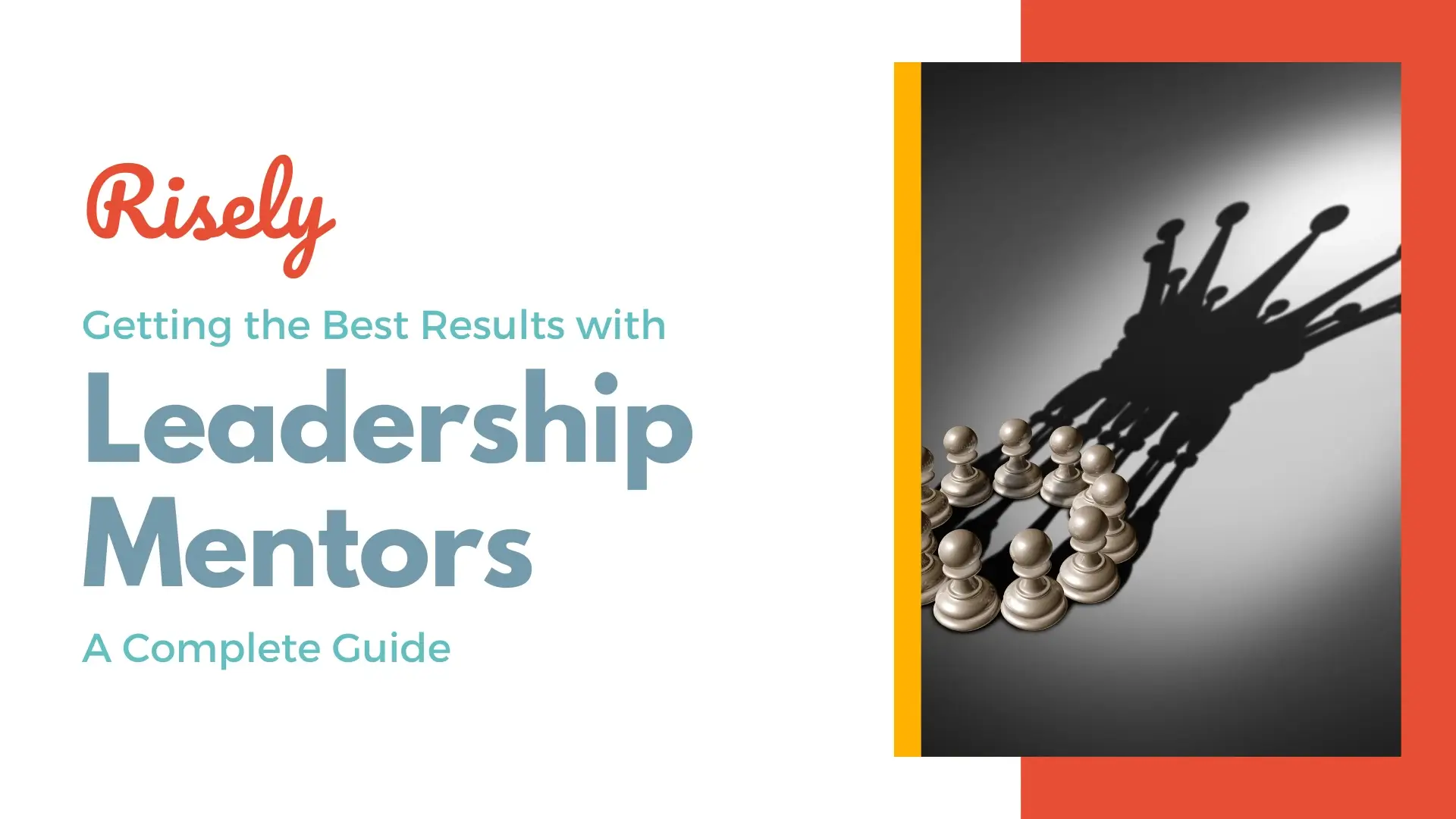Revamp Your Hiring: 14 Top Recruitment Best Practices for 2023
Staying ahead of the curve is crucial in the ever-evolving talent acquisition landscape. Recruitment is more than just filling job vacancies; it’s about finding the right talent efficiently and effectively. To excel in this endeavor, you need a well-crafted toolkit of best practices that adapt to the changing needs of the industry. Welcome to our blog on recruitment best practices for 2023. As the competition for top talent intensifies, these 14 recruitment best practices have emerged as the cornerstones of successful recruitment strategies. Each of them is designed to attract the best candidates, streamline the hiring process, and enhance the overall candidate experience. Throughout this blog, we’ll explore each recruitment best practice in-depth, providing explanations, examples, and insights into how they benefit your recruitment team. Let’s dive into the world of recruitment best practices and unlock the key to building a winning team in 2023.What is recruitment? Why is it important?
Recruitment is identifying, attracting, and selecting qualified individuals to fill job vacancies within an organization. It’s a critical function of human resource management and is pivotal in shaping an organization’s success. Recruitment ensures an organization has the right people with the necessary skills and qualifications to meet its objectives and contribute to its growth. Reasons why recruitment is important: 1. Talent acquisition and quality workforce: Recruitment is essential for identifying and attracting a pool of candidates with the skills and expertise needed to drive an organization forward. It’s the primary means by which an organization acquires the human capital required to perform tasks, meet goals, and remain competitive in the marketplace. 2. Skill diversity: Recruitment allows organizations to access diverse skills and experiences. By bringing in individuals with different backgrounds and talents, a company can build a well-rounded workforce capable of solving complex problems and adapting to changing market conditions. 3. Innovation and growth: Recruitment drives innovation and growth. New hires can inject fresh ideas, perspectives, and energy into an organization. They can help an organization remain agile, seize opportunities, and stay ahead in a dynamic business environment. 6. Succession planning: Recruitment is critical for succession planning. Organizations need to identify and groom talent from within, and external recruitment can fill gaps when internal talent isn’t readily available. In summary, recruitment is the gateway to building a skilled and motivated workforce that drives an organization’s success. It’s not merely about filling positions; it’s about selecting the right individuals who align with the company’s culture and values, possess the required skills, and have the potential to contribute positively to the organization’s growth and competitiveness.Other Interesting Reads
14 Recruitment best practices for 2023
14 recruitment best practices for 2023 are as follows: 1. Employer branding: Building and promoting a positive employer brand helps attract and retain top talent. It’s essential for showcasing your company culture, values, and reputation. It increases the attractiveness of your organization, leading to a higher volume of qualified applicants. Example: Use social media and company website to highlight your work culture, share employee stories, and showcase workplace awards. Tip: Regularly update your online presence, engage with employee reviews, and leverage unique selling points. 2. Data-driven decision-making: Use data and analytics to inform recruitment decisions. This practice allows you to optimize your recruitment strategies based on quantifiable results. Example: Analyze recruitment metrics like time-to-fill, cost-per-hire, and source effectiveness to refine your hiring strategies. Tips: Invest in an applicant tracking system (ATS) for data collection and analysis. Provide training on data interpretation for your team. 3. Diverse sourcing: Seek candidates from various sources to increase diversity in your candidate pool. A diverse workforce can bring a range of perspectives and talents to your team. Example: In addition to job boards, utilize employee referrals, career fairs, and online communities for sourcing candidates. Tip: Develop a diversity and inclusion hiring strategy and actively engage with underrepresented groups. 4. Inclusive job descriptions: Craft job descriptions that appeal to a diverse range of candidates, including those from underrepresented groups. Avoid biased language that may deter qualified applicants. Example: Use gender-neutral and inclusive language in job postings. Tip: Conduct job description audits to identify and remove biased language. Train your team on writing inclusive job descriptions. 5. Candidate relationship management (CRM): Implement a CRM system to build and maintain relationships with candidates, even those who aren’t immediately selected. This helps create a talent pipeline for future needs. Example: Use CRM software to track candidate interactions, follow-up, and communication. Tip: Train your team on CRM software usage and data privacy compliance. Segment your candidate database for personalized communication. 7. Social media recruitment: Leverage social media platforms for recruitment purposes. Social media offers a vast and engaged pool of potential candidates. Expand your reach to passive job seekers, allowing for a wider talent pool. Example: Use LinkedIn, Twitter, and Facebook to post job openings, share company culture, and engage with potential candidates. Tips: Create a social media recruitment strategy, including content sharing and engagement guidelines. Use analytics to measure the effectiveness of your social media efforts. 8. Video interviews: Incorporate video interviews into your hiring process, allowing candidates and hiring teams to connect regardless of location.Reduces scheduling conflicts and interview time, making the process more efficient. It also allows for a global talent search. Example: Use video conferencing tools for initial interviews or pre-recorded video responses to interview questions. Tip: Train your team on best practices in video interviews and use good audio and video quality technology. Ensure a fair and consistent interview process. 9. Employee referral programs: Encourage current employees to refer potential candidates. Employees often refer individuals who align with the company culture and values. It increases the likelihood of finding candidates who fit your company culture and are endorsed by current employees. Example: Establish a referral program that rewards employees for successful referrals. Tip: Communicate the referral program clearly to employees and provide regular updates on job openings. Ensure that the referral process is straightforward. 10. Skill and behavioral assessments: Use skill and behavioral assessments to evaluate candidates’ qualifications and suitability. It ensures that candidates meet job requirements and have the desired skills and traits, leading to better hires. Example: Administer technical tests, personality assessments, or role-specific exercises. Tip: Choose relevant assessments for each position and standardize the evaluation process. Train your team on assessment administration and interpretation. 11. Candidate experience enhancement: Improve the overall candidate experience to attract and retain top talent. Positive experiences create brand advocates, even among candidates not selected. It also improves the likelihood of future applications. Example: Provide timely feedback, clear communication, and a smooth interview process. Tips: Map the candidate journey, identify pain points, and implement changes to address those issues. Train your team on providing a stellar candidate experience. 12. Automated resume screening: Implement resume screening tools that use artificial intelligence to analyze and rank resumes. Reduces time spent on manual resume screening, streamlines the process, and enhances consistency. Example: Use AI-based software to review and shortlist resumes based on specific criteria. Tips: Fine-tune your screening criteria with hiring managers and regularly update the AI model for improved accuracy. 13. Role-specific job boards: Post job openings on job boards specific to your industry or job role to target relevant candidates. Increases the likelihood of attracting candidates with the right skills and interests. Example: Use platforms like GitHub Jobs for technical roles or Behance for creative positions. Tips: Research and select job boards that align with your hiring needs. Optimize job listings on these platforms for visibility. 14. Candidate assessments tailored to roles: Develop role-specific assessments for candidates, aligning the evaluation process with the job requirements—more accurate evaluations of a candidate’s capabilities for the specific role and improved hiring decisions. Example: Create unique coding challenges for software engineer candidates or a customer service scenario for support roles. Tips: Collaborate with hiring managers to define role-specific assessments. Regularly review and update the assessments as job requirements evolve. These 14 recruitment best practices are essential for 2023 and beyond, helping recruitment teams attract, select, and retain the best talent while improving efficiency and diversity. By implementing these practices, organizations can stay competitive and responsive to the ever-evolving job market, leading to more successful hires and a more robust employer brand.Conclusion
As we conclude our exploration of recruitment best practices, it’s evident that these 14 strategies are the compass that guides your organization to talent acquisition success in 2023 and beyond. In the fast-paced world of recruitment, staying ahead requires adaptability and a commitment to excellence. These best practices provide the roadmap to achieving just that. The ever-changing job market demands a holistic approach to recruitment that goes beyond traditional methods. From embracing the power of employer branding and data-driven decision-making to fostering diversity and enhancing the candidate experience, these practices offer a multifaceted solution to the challenges of modern recruitment.Ready to level up your recruitment strategy?
“Take our free assessment on strategic thinking and supercharge your talent acquisition today!
Other Related Blogs
Getting the Best Results with Leadership Mentors: A Complete Guide
Getting the Best Results with Leadership Mentors: A Complete Guide As a manager, you know that leadership and managerial skills are essential for success. But developing these skills can be…
Manager Effectiveness: A Complete Guide for Managers in 2024
Manager Effectiveness: A Complete Guide for Managers in 2024 Manager effectiveness is everyone’s favorite buzzword. But the road to achieving it is trickier than it looks like! While manager effectiveness…
5 Steps to Overcome the Halo and Horn Effect at Work (with Examples)
Managers must make sound decisions in the workplace without bias clouding their judgment. This is especially important when it comes to hiring, performance management, and recruitment decisions. Unfortunately, the halo…
7 Great Effective Communication Hacks Every Manager Needs (With Examples)
7 Great Effective Communication Hacks Every Manager Needs (With Examples) Effective communication is the key to success in any industry. Communicating effectively is more than just words. It’s also about…


